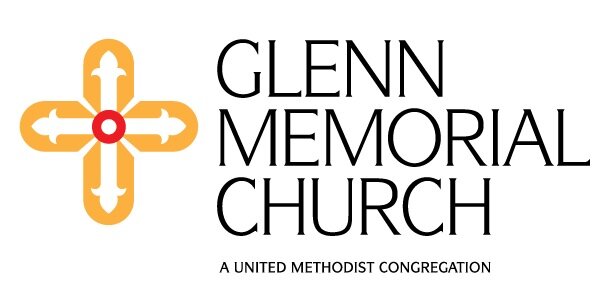For as long as I can remember, music has dislodged in me emotion that’s hard to describe. A certain series of chords or lyrics with power beyond their words will spark an odd mingling of both joy and loneliness. Goosebumps may be involved. The guitar duet between Dicky Betts and Duane Allman in “Blue Sky,” by the Allman Brothers, the way Miles Davis’s trumpet glides in over minor piano chords on “Blue in Green,” the jangly guitar and loping piano on “Range Life” by Pavement – I have a long list of songs that count as proof in my book that music is a gift from God.
But as much as I love music, my least favorite part of church has been having to haul my lazy butt up out of the pew to sing the hymns. With my utterly untrained voice, I run out of breath and my throat tightens. Occasionally I hit a note so pitiful it almost makes me laugh. And since I can’t read music, hitting upon the melody takes a few bars. If I’m lucky, George Shepherd is in the pew behind me, and his strong voice helps me find the way.
With adult Sunday school taking a break for the summer, the Glenn lecture series has me thinking more about hymns. [Get details about the program here.] Worshipful singing has been part of Methodism since its inception. When John and Charles Wesley voyaged to Georgia, they sailed with a group of Moravians, a protestant sect descended from followers of Czech church reformer Jan Hus. During the trip, a violent storm beset their ship, terrifying everyone onboard, except apparently, the Moravians (John referred to them as “Germans” in his diary):
In the midst of the psalm wherewith their service began, the sea broke over, split the main-sail in pieces, covered the ship, and poured in between the decks, as if the great deep had already swallowed us up. A terrible screaming began among the English. The Germans calmly sung on. I asked one of them afterwards, “Were you not afraid?” He answered, “I thank God, no.” I asked, “But were not your women and children afraid?” He replied, mildly, “No; our women and children are not afraid to die.”
At a time when singing by common people was not allowed in the Church of England, this experience also made an impression on Charles. He went on to write over 6,000 hymns in his lifetime.
The Moravians’ willingness to utterly submit to God’s will, whether it meant drowning or surviving the storm, is an attitude not commonly seen today (and I suppose it was unusual in the 1700s as well). It doesn’t come naturally to us humans. We have goals and plans, and with all the earthly demands of human existence in the day-to-day it’s easy to forget.
On July 9, Khalia Williams, Candler's Assistant Dean of Worship and Music, gave her talk on the hymn “How Great Thou Art,” as part of the summer lecture series, and it reminded me of the Moravians’ pure faith, their willingness to assume their subordinate relationship as creature to God the creator. The lyrics practically force you there:
O Lord my God! When I in awesome wonder
Consider all the works Thy hand hath made.
I see the stars, I hear the rolling thunder
Thy power throughout the universe displayed.
We see that what God has done, we can never do. As an audience member pointed out, even down to the verbs employed (almost entirely passive), to inhabit this hymn is to subordinate oneself to God. And after each of the four verses, we’re exhorted in the refrain to praise:
Then sings my soul, my Saviour God, to Thee:
How great Thou art, how great Thou art!
Then sings my soul, my Saviour God, to Thee:
How great Thou art, how great Thou art!
The hymn closes with verses three and four, which express awe and gratitude that God sent his Son, who “bled and died to take away my sin,” and look forward to the time when Christ will “take me home,” and to the joy that “shall fill my heart.” We’re presented with the beauty and massive grandeur of God’s creation, and reminded of our profound gratitude for the Savior and for the forgiveness of our sin, experiences that can lull us into a place of comfort and inaction. In short, Williams warns, the hymn taken at face value can leave us with an awe-inspired appreciation for the Creator, creation and redemption, an escapist theology that has us taking passivity into our day-to-day.
She posed the question, “What does this hymn have for the people of Flint, Michigan, whose water is poisoned with lead or the parents of students attending schools contaminated by asbestos?” In short, where human sin has stained creation, what hope is offered in this hymn?
And to be honest, I never found the hope for those people in this hymn – except I did detect an inkling of something like hope in the observation of an audience member who pointed out that like Job, who recognized that God was sovereign in his blessed times and his trials, we can continue to praise God.
As she closed, Williams posed another tough question, one that I’ve continued to mull: “How Great Thou Art” gives us Creator, Redeemer, but not Sustainer. What are we to conclude from that?
For more thought-provoking hymns and questions, join Glenn for the upcoming lectures in the summer series, “Theology of Hymns: Songs that Shape Us” in the Ward Hall on Sunday mornings at 9:45a.m., through August 27.
Irene Hatchett

